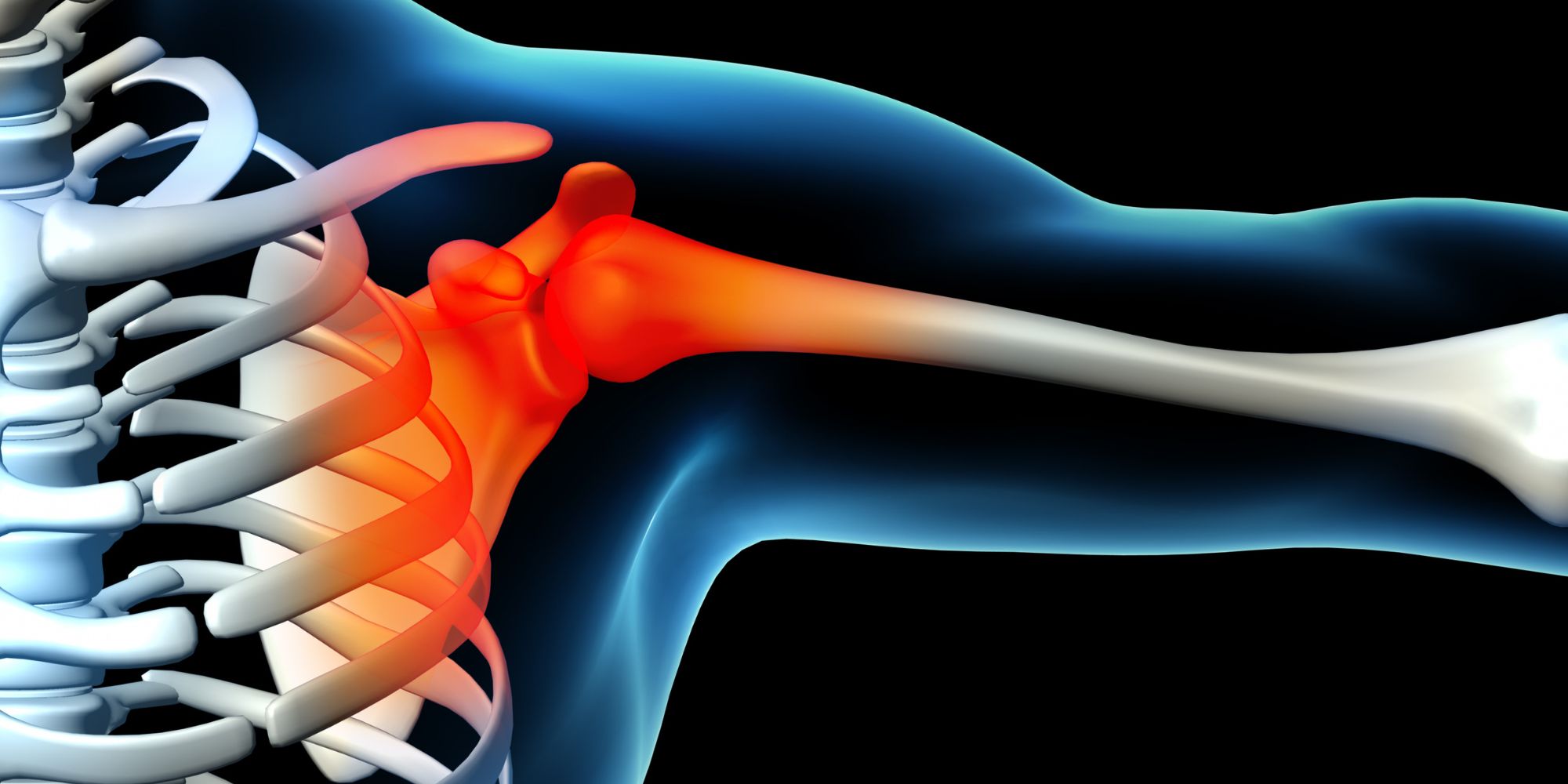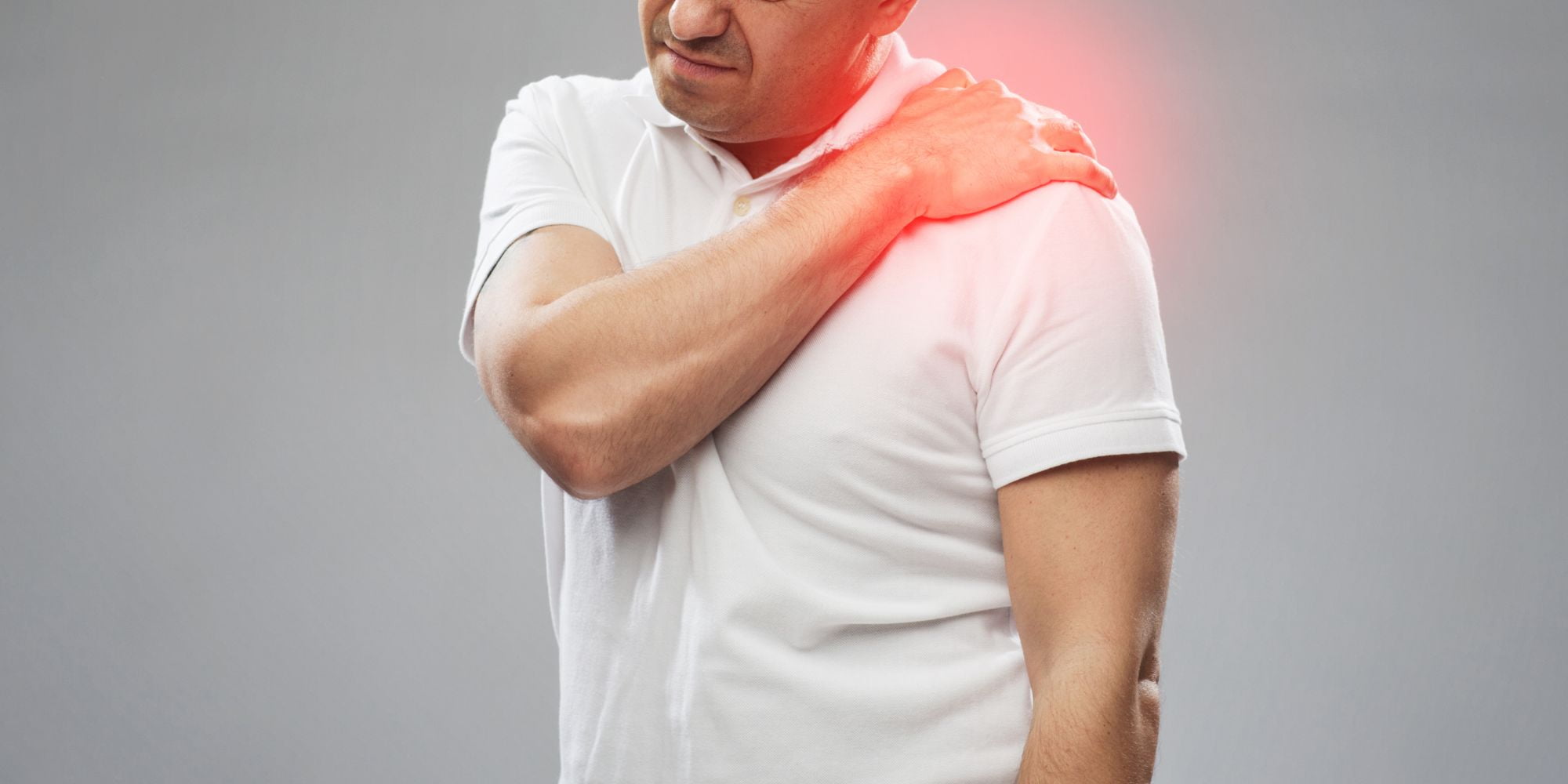The shoulder is a complex joint that allows for a wide range of motion. Unfortunately, this complexity makes it susceptible to various conditions. One common shoulder condition is rotator cuff tendinitis, which occurs when the tendons that connect the muscles of the rotator cuff to the shoulder bones become inflamed. This can cause pain and limited mobility. Another frequently encountered issue is shoulder impingement syndrome, where the tendons and bursa in the shoulder impinge or rub against the shoulder blade, resulting in inflammation and discomfort.
Frozen shoulder, also known as adhesive capsulitis, is another condition that affects the shoulder joint. It is characterized by stiffness, pain, and limited range of motion. This condition typically develops gradually, and the exact cause is often unknown. Additionally, shoulder instability can occur when the ligaments and tendons that hold the joint together become loose or damaged, leading to dislocation or subluxation (partial dislocation) of the shoulder.
Common Elbow Conditions
Moving on to the elbow, one prevalent condition is tennis elbow. Despite its name, this condition can affect anyone, not just tennis players. It is caused by overuse or repetitive motion of the forearm muscles, resulting in inflammation and pain on the outside of the elbow. Similarly, golfer’s elbow affects the inner side of the elbow and is caused by repetitive use of the wrist and forearm muscles.
Another elbow condition is elbow bursitis, which occurs when the bursa, a fluid-filled sac that cushions the bones and tendons, becomes inflamed. This can cause swelling, pain, and limited movement.

Causes and Risk Factors of Shoulder and Elbow Conditions
Shoulder and elbow conditions can have various causes and risk factors. Overuse and repetitive motions are common culprits, especially in occupations or activities that involve frequent shoulder or elbow movements. Athletes, such as tennis players or baseball pitchers, are particularly susceptible to these conditions due to the repetitive strain they put on these joints.
Age can also play a role, as wear and tear over time can lead to degenerative conditions like osteoarthritis. Traumatic injuries, such as falls or direct blows to the shoulder or elbow, can cause immediate damage or contribute to long-term joint problems. Additionally, certain medical conditions, such as rheumatoid arthritis or diabetes, may increase the risk of developing shoulder and elbow conditions.
Symptoms of Shoulder and Elbow Conditions
Recognizing the symptoms of shoulder and elbow conditions is crucial for early intervention and effective treatment. Common symptoms include pain, which can range from mild to severe, and may be accompanied by stiffness and limited range of motion. Swelling and tenderness around the joint are also typical signs of inflammation. In some cases, clicking or popping sensations may be felt during movement.
Shoulder and elbow conditions can also cause weakness in the affected joint, making it difficult to perform everyday tasks or participate in activities. Some individuals may experience radiating pain, where the discomfort travels from the shoulder or elbow down the arm. It is important to note that the specific symptoms experienced can vary depending on the underlying condition.
Diagnosing Shoulder and Elbow Conditions
Accurate diagnosis is essential to develop an appropriate treatment plan. When diagnosing shoulder and elbow conditions, healthcare professionals typically begin with a thorough physical exam, assessing joint range of motion, strength, and stability. They may also ask about the person’s medical history and any recent injuries or activities that may have contributed to the condition.
Imaging tests, such as X-rays, magnetic resonance imaging (MRI), or ultrasound, may be ordered to show the internal structures of the shoulder or elbow. These tests can help identify any abnormalities, such as broken bones, torn ligaments, or inflammation. In some cases, a diagnostic injection may be given to determine if a specific structure is the source of the pain.
Collaboration between the doctor and the individual is vital during the diagnostic process. Clear communication about symptoms and any relevant information can help ensure an accurate diagnosis.

Treatment Options for Shoulder and Elbow Conditions
Treatment options for shoulder and elbow conditions vary depending on the specific condition and its severity. Non-surgical approaches are often tried first and may include rest, along with the use of nonsteroidal anti-inflammatory drugs (NSAIDs) to manage pain and inflammation. Physical therapy exercises and stretches can help improve strength, flexibility, and range of motion.
In cases where conservative measures do not provide sufficient relief, surgical intervention may be considered. The type of surgery will depend on the underlying condition. For example, in rotator cuff tears, arthroscopic surgery may be performed to repair or reattach the torn tendon. In severe cases of osteoarthritis, joint replacement surgery may be recommended.
It is important to note that recovery and rehabilitation following surgical procedures are crucial for restoring function and minimizing the risk of complications. This often involves a combination of physical therapy, exercises, and gradual return to normal activities under the guidance of healthcare professionals.
Rehabilitation and Recovery for Shoulder and Elbow Conditions
Rehabilitation and recovery are key components of the treatment process for shoulder and elbow conditions. The goals of rehabilitation include reducing pain and inflammation, improving range of motion, restoring strength and stability, and facilitating a safe return to normal activities.
Physical therapy plays a critical role in rehabilitation, with exercises and stretches tailored to each individual’s condition and needs. These exercises may focus on strengthening the surrounding muscles, improving flexibility, and retraining movement patterns.
The duration of the rehabilitation process can vary depending on the severity of the condition and the individual’s response to treatment. It is important to follow the guidance of healthcare professionals and adhere to the prescribed rehabilitation program to achieve the best possible outcomes.
Preventing Shoulder and Elbow Conditions
While it may not be possible to completely prevent shoulder and elbow conditions, there are steps that can be taken to reduce the risk. Maintaining good posture and proper body mechanics during activities can help minimize stress on these joints. It is also important to engage in regular exercise to strengthen the muscles surrounding the shoulder and elbow, which can provide better support and stability.
Avoiding overuse and repetitive motions is crucial, especially in activities that involve the shoulder or elbow. Taking breaks, using proper equipment and techniques, and gradually increasing intensity or duration can help prevent strain and injury. Warming up before engaging in physical activities and incorporating stretching exercises can also contribute to injury prevention.
Lastly, paying attention to any warning signs, such as pain or discomfort, and seeking early medical attention can help identify and address potential issues before they worsen.
Conclusion
Understanding common shoulder and elbow conditions is essential for both individuals experiencing discomfort and those looking to educate themselves on the subject. By familiarizing ourselves with the causes, symptoms, diagnosis, and treatment options, we can take proactive steps to prevent these conditions or seek appropriate care when needed. Take care of your shoulder and elbow health and enjoy a life of pain-free movement.
Contact Form
Request a virtual or face-to-face consultation.
You can contact me directly using the contact details above or the form below and I will personally respond to you.

